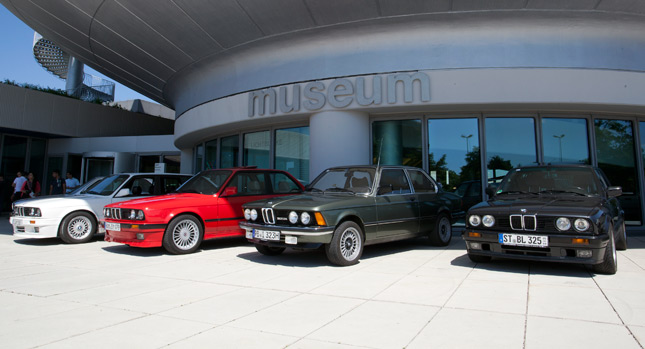The first ever BMW 3-Series, built from 1973 to 1985 and known by its internal codenamed E21, was offered only as a coupe. Yes, there was a convertible variant available through BMW‘s dealers but it was made by Baur, so it doesn’t really count.
As the years passed by and the 3-Series became more and more successful on a global basis, BMW wanted to bank on that success and so it expanded the lineup to include sedans in both regular, and for China, long-wheelbase versions, three-door hatchbacks (E36 and E46 only), estates, convertibles and the famed M variants.
More recently, the Munich-based carmaker made the decision to add two more body styles to the range of its compact executive model: a taller and more practical five-door liftback and a sportier-looking saloon with a sloping roofline, both of which have been spied in prototype form, but have not yet been revealed to the public.
As you can see for yourself, things were starting to get extremely crowded in the 3-Series range, as the only models missing from the lineup are a pickup truck and a minivan – don’t be surprised if BMW tries to conquer the second segment in the near future…
To solve this problem, BMW officials decided to break up the 3-Series lineup into two, with the more family orientated body styles keeping the same nameplate and the sportier vehicles (always in term of styling, not performance) like the coupe, convertible and the Gran Coupe, gaining the 4-Series moniker.
The same will apply to the next generation 1-Series-based coupe and convertible models that will be rebadged the 2-Series.
The move will not only make it simpler to add more body styles in the future as the Bavarian company tries to cover all mainstream categories, but it will likely allow BMW to charge more for cars like the 4-Series Coupe as well.
What we would like to ask you is whether you agree and/or like BMW’s new nomenclature for the 3-Series-based models like the Coupe. Have your say in the comments after the break.
PHOTO GALLERY
















